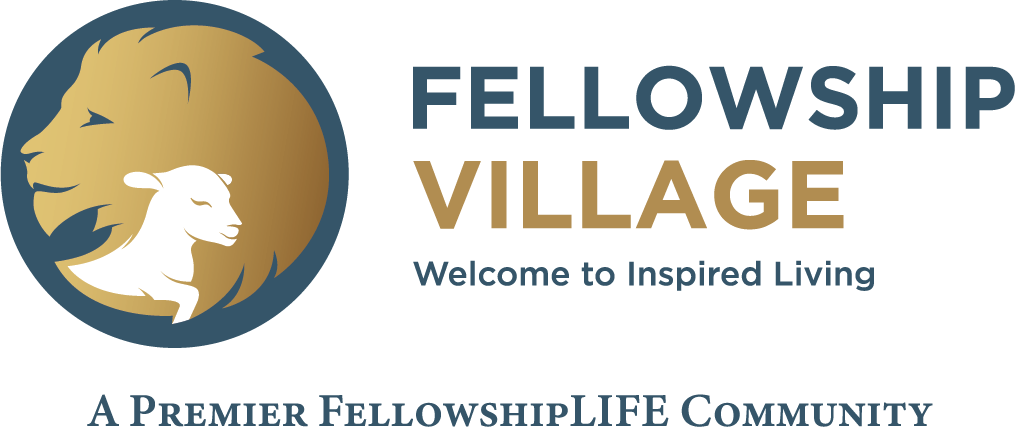How To Pay For Independent Living
Blog
Are you considering a move to independent living, but wondering how to pay for it? If you’re feeling a little overwhelmed, here are five ways to fund senior living which may be open to you.
1. Private savings. When you’re figuring out how to fund independent living, begin by assessing your assets first. If you own your home and have paid off your mortgage, you have full equity. Selling your family home may be emotional, but the proceeds can pay for a vibrant new lifestyle in an active independent living community. You may also have a portfolio of other significant investments and savings. Do you have stocks and bonds? How about your 401k plan or individual retirement accounts (IRA)? All can help contribute toward the cost of paying for independent living.
2. Insurance. Have you purchased long-term care insurance? If so, your policy could cover certain senior living expenses. While it won’t pay for independent living housing costs, the insurance may kick in once you need assistance with the activities of daily living, such as bathing or dressing. It’s important to check with your provider to determine exactly what is included and what the limits are. A life insurance policy can be another useful way to access additional cash. If you no longer need this insurance (for example because your kids are grown), a life settlement allows you to sell your policy to a third party, giving you immediate access to a lump sum.
3. Renting your home. Perhaps you’re not ready to sell the home where your children grew up, but you are ready for a move to an active adult community. Renting out your house can bring in a monthly income, while keeping your home in the family. It’s important to examine the costs and pitfalls, however. As the owner, you’ll still pay for maintenance and taxes. And as a landlord, you can’t put off repairs like broken light switches or dripping faucets. You also need to consider how you might handle difficult occupants, and whether you’ll have the time or energy to do so.
4. Supplementary Security Income (SSI). Older people with limited income and resources may be eligible for this monthly federal payment designed to cover such basics as food, housing and clothing. To qualify for SSI, you need to be an adult over 65, anyone who is blind or has a disability, and your monthly income and assets must fall below amounts set by the government. Because the benefit is paid directly to you, and there is no restriction on how it can be spent, you can put it toward the cost of independent living.
5. Veterans’ benefits. If you or your spouse is a veteran, you may be able to claim benefits through the Department of Veterans Affairs (VA). Paid monthly, the VA Pension is a needs-based benefit available to wartime veterans who are over the age of 65 or meet certain disability requirements. The VA Aid and Attendance benefits and Housebound allowance provide financial assistance to veterans and their survivors who need help with daily tasks or are confined to their homes. Eligibility criteria apply, and you must have a VA pension to qualify.
Dreaming of a maintenance-free lifestyle at Fellowship Village? If you’re wondering how to pay for senior living, our team can help you assess which independent living contract best suits your financial situation. Reach out to us today to speak with one of our experienced counselors and to arrange a tour of our premier life plan community.




